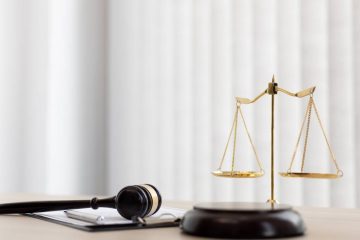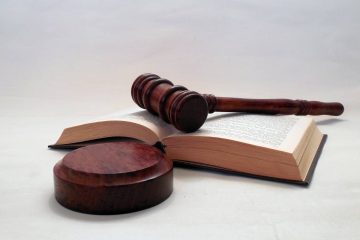After an accident occurs, it’s crucial to ascertain liability and damages. This process involves collecting evidence such as medical bills, repair invoices, lost wages as well as pain-and-suffering damages as evidence against potential defendants.
An attorney can offer invaluable assistance during this process and may request witness depositions as needed.
City
Personal injury lawsuits may be appropriate if an accident-related injury has caused physical injuries, emotional trauma and financial losses. Consulting a lawyer will help determine if there are grounds for filing one; in particular if breaches by City authorities of their legal obligation to maintain safe conditions or act responsibly directly led to your injuries; you could be eligible for compensation as a result.
Suing a city differs from suing private parties because there are strict time limits in place. If you fail to file your claim within 90 days, your case risks being dismissed outright. A qualified attorney can help navigate deadlines and filing procedures effectively to ensure success of your claim. In New York City, personal injury cases typically are heard before either Civil Court or Supreme Court (both trial level courts for civil cases); should it prove too complex, it will likely be transferred onto federal court instead.
State
Personal injury lawsuits involve filing an action against those responsible for your injuries. Your lawyer will file the appropriate complaint in court with jurisdiction – usually where your accident took place or in which any defendants reside.
Before your case can be settled, a process known as discovery may be required of both parties involved. This entails attorneys asking each other questions under oath and exchanging relevant data.
Your personal injury case could end up before your state’s highest judicial body, the Court of Appeals. This typically happens when your personal injury lawsuit raises significant legal issues that affect state law as a whole, or when another lower court’s decision has been challenged on significant legal grounds; then in these instances the Court of Appeals reviews to ensure its application correctly.
County
An effective personal injury lawsuit begins with a demand letter, which serves as an official request for compensation from those at fault and their insurers. A competent attorney can help craft this document to outline your accident, injuries sustained, losses incurred and amount sought in compensation.
Venue can make a difference. Certain New York City venues have been more accommodating for plaintiffs during jury trials, while others may not. A lawyer can assist in selecting an ideal place for you to file your suit.
If you are filing suit against New York state, chances are your case will likely be filed in the Court of Claims, the highest judicial authority in New York state and responsible for reviewing lower court decisions to make sure they follow law correctly. Typically cases brought before this court involve government employees or agencies as those at fault and needing resolution.
Jurisdiction
Personal injury cases typically fall within the jurisdiction of either where the incident happened or where its defendant resides; however, a plaintiff can choose to file in another jurisdiction if that will help their case; for example if they’ve been involved in a car crash with an intoxicated driver from another county and their injuries warrant being prosecuted there as well.
Your attorney will review the evidence presented and work with you to ascertain how much compensation is owed for injuries, expenses and losses sustained as a result of negligence. Compensation often covers economic as well as noneconomic damages like past and future medical bills, lost earnings, property damage and emotional distress.
As part of the litigation process, your attorney may ask that you complete interrogatories or depositions; these questions require under-oath answers and may also include specific requests such as medical records or witness statements.

